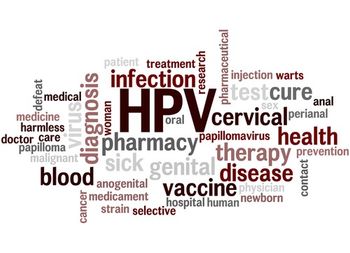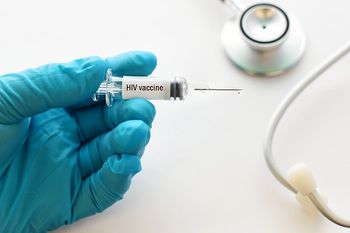
Alnylam Pharmaceuticals announces exclusive licensing agreement with Vir Biotechnology for the development and commercialization of RNA Interference therapeutics for infectious diseases.

Alnylam Pharmaceuticals announces exclusive licensing agreement with Vir Biotechnology for the development and commercialization of RNA Interference therapeutics for infectious diseases.

A new CDC report finds that although vaccination coverage is high for kindergarteners in the United States, pockets of undervaccination are a cause for concern among health officials.

The FDA has approved Shingrix, GlaxoSmithKline’s recombinant zoster vaccine against shingles, for patients 50 and older.

At ID Week 2017, Dr. Laura Cooley, CDC, discussed the increasing number of Legionnaires’ cases in the United States, underscoring the need for stronger water management practices.

Researchers turn to the literature to assess if the antibiotic cefepime causes neurotoxicity.

Although there have been important improvements to existing vaccines, the list of vaccine-preventable diseases has barely changed at all in over two decades.

It's time to talk about the horsepox synthesis and what it means for the biosecurity world and public health overall.

Stay up-to-date on the latest infectious disease news by checking out our top 5 articles of the week.

Both test vaccines produced immune responses by 1 month after vaccination and the immune response lasted for at least 1 year.

A pair of papers published in the Journal of Infectious Diseases highlight the effort to fight and monitor drug-resistant HIV, which poses a threat to achieving the global targets designed to end the AIDS epidemic.

Based on WHO guidelines for tuberculosis screening, many individuals who don’t have the disease are sent for expensive confirmatory testing. A simple point-of-care blood test could change all of that.

A multinational team of researchers set out to answer the following question when it comes to antiviral therapy for influenza: to combine or not to combine?

Infection prevention goes beyond healthcare workers. Here's why we should all celebrate this week.

The CDC has issued updated interim clinical guidance for healthcare providers who are caring for infants born to mothers with possible Zika virus infection during pregnancy.

A recent study has found that 1 in 9 men living in the United States have oral HPV.

Dr. Shibani Mukerji discusses how HIV affects the brain as part of a symposium at ID Week 2017.

A new article details how researchers are working to develop a universal flu shot.

While the northern hemisphere moves into fall, individuals in southern states must remain vigilant about Zika virus prevention.

According to reports in multiple media outlets, clinicians on the hurricane-ravaged island have already identified at least 10 cases of a rare water-borne bacterial infection, and they warn of the potential for more.

A new literature review of 60 papers and studies finds that voluntary medical male circumcision programs in Africa also have benefits for women’s health.

The pneumonic plague outbreak in Madagascar infects 684 individuals and claims 57 lives, thus far. Has it spread to Seychelles?

New research supports that allergy evaluation is an inexpensive intervention and that given the downstream benefits, it may well be cost-effective.

NIAID director Dr. Anthony S. Fauci stresses in a recent commentary that, from a practical standpoint, the development of a moderately effective HIV vaccine is “essential” to ending the pandemic.

Pandemic influenza virus strains easily infect humans and spread from person-to-person in an efficient and sustained way. With no immunity to the novel virus and no vaccine to protect against it, what will the United States do?

A total of 5 HIV cure research initiatives will receive $7.5 million as recipients of Gilead’s HIV cure grants program.

Researchers in a pediatric hospital in Tokyo see positive results following the implementation of an antibiotic stewardship program limiting carbapenem use.

The declaration was made to help direct funds towards controlling the outbreak and providing adult hepatitis A vaccines to those in need.

Recent research reveals that the composition of a woman’s vaginal microbial makeup—specifically, a preponderance of the bacteria Lactobacillus iners—may mean she’s more likely to be infected with Chlamydia trachomatis.

New tests continue to evolve that offer greater sensitivity than current methods.

Stay up-to-date on the latest infectious disease news by checking out our top 5 articles of the week.